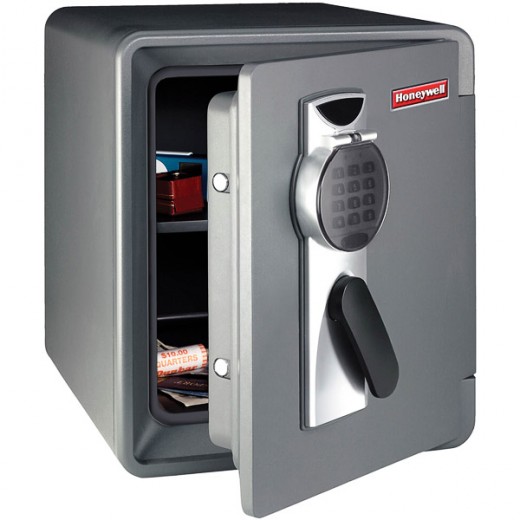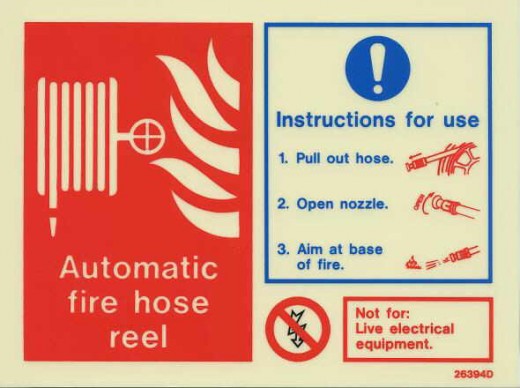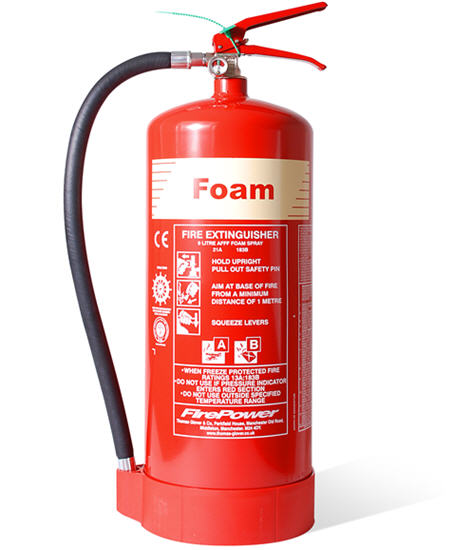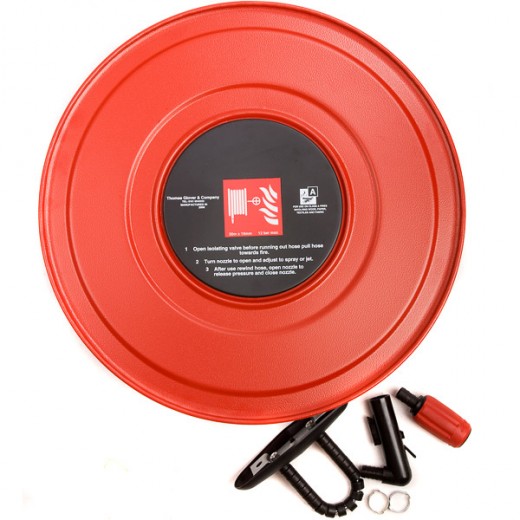Fire Evacuation Plan in a hospital: 10 Things and More to Consider in Making One



When a disaster happens in the vicinity or far from the hospital patients and victims of fires are brought there. But how about when the fire occurs in the hospital itself? The other question is, how about an operating room fire?
Aside from the procedures to fight fire at the place of the incident, a fire evacuation plan is critical not only to the hospital staff and other patients, who may already be in their own rooms waiting for full recuperation, but to all those visitors of patients who may be there at the time the fire occurs.
Normally a fire evacuation plan should include the following:
Fire Evacuation Plan
Exit Routes and Relocation Area
1. The routes and exits are properly marked and lighted, pointing to the direction of the designated exit door. The exit routes should be wide enough to accommodate not only the number of personnel evacuating but also the equipment like beds carrying patients from the affected area. It is preferred that an alternate route be designated in case the area of the fire is near or within the designated primary route.
The routes and exits, as much as possible are indicated in a map properly displayed for all personnel and visitors to refer to just in case.
2. Part of the evacuation plan should be the designation of relocation area for specific locations of the outbreak of the fire, say for example, what wing on what storey of the hospital building should they go.
3. Procedures for evacuating patients should include the members of the staff who will assist them.

Plan For Accounting
4. Procedures for assisting visitors, especially those with disabilities shall be included in the plan. In this regard, an appropriate number of wardens should be designated to assist them.
5. All routes and exits should be free from obstructions that will hamper the free and orderly movement of the evacuees.
6. Those employees who may be tasked to shut down certain equipment must know the procedures in detail to be followed and must be capable of knowing when to abandon the task.
7. There should be a plan for accounting the staff and visitors, who evacuated, at the relocation or assembly area. In this regard, part of the overall security plan should be requiring visitors to log in and log out so that in any eventuality and where possible, an accounting of those visitors can be done.
- Operating Room Fire
Find Professional Fire Safety Tips Online
The Evacuation
8. In case the situation aggravates after every body has relocated, procedures for further evacuation must also be in place.
9. Employees’ responsibilities during the evacuation should part of the whole evacuation plan. Employees should be familiar with the plan, know the pathway to at least two exits from their room or workplace. They should know what they should do in case they are trapped: things like staying calm, going to a room with an outside window and telephone for help if possible; and staying where rescuers can see the employee, and things of that source.
10. Training of the staff to the extent possible should also be part of the plan. Fire drills should be conducted as regularly as possible.
Fire Evacuation Plan
Fire in The Operating Room
The possibility of operating room fire is also there, although it is just a possibility, for such an occurrence is very, very rare. The presence of oxygen tanks used for respiration of patients undergoing operation in the operating room is one factor, and so it becomes imperative for the hospital to be proactive by promulgating a fire evacuation plan for the operating room in addition to the overall evacuation plan for the hospital.
The following things should be considered in making the evacuation plan:
1. If there is a patient undergoing operations, can the operations be postponed for a little time or be re-scheduled, even if it is critical and transferred if possible to another operating room? The decision lies on the surgeon himself performing the operation. Assuming the decision is yes, all the necessary equipment to sustain the life of the patient should be included in the orderly evacuation of the patient. For example, during the relocation of the patient, manual ventilation with ambulatory bags containing supplementary oxygen should be included in the list of equipment to be carried.
Also, the operating tables maybe brought along as necessary, together with the anesthesia machine, if and when there is an operation that is disrupted and had to be continued in another operating room. Again this matter depends on the surgeon performing the operation.
2. The routes to take should be properly marked and lighted. Sometimes it might be thought to be common sense but when a fire evacuation plan is implemented or even only rehearsed, in the confusion ensuing, some may not be able to find the correct route.
Furthermore, the signs and marks provided those exit routes should as much as possible be LED or photoluminescent material or tritium so that in case of cut off of power from the main power supply, they will always be visible.
3. The relocation area should be designated in the plan to avoid confusion and minimize danger to the life of the patients. This will also serve as the place to determine if anybody is missing.

Be Prepared for Eventualities
The complexity of the situation generates many factors to be considered in the creation of a viable fire evacuation plan, much more to practice it. For one thing, the whole facility is divided into different segments of specialized concerns of which many are too delicate to disturb by activities such as the fire evacuation drill. Also, for a whole hospital to evacuate because of fire, or even just a wing or a storey occupied by patients, whose condition might be aggravated if they move, the hospital staff, and the visitors present in any particular floor of the building, the problem of mobilizing them either in a fire evacuation drill or actual situation can be mindboggling.
It behooves the responsible person and the person delegated to assist him/her to really sit down and deeply consider whether the evacuation plan is not only adequate or not; and the times when drills are feasible. In fact, there are times that the plan can be validated only by conducting a fire drill.
In spite of the fact that operating room and hospital fires are rare, it always best to be ready for any eventuality. In this regard, prepare an evacuation plan, they must.





